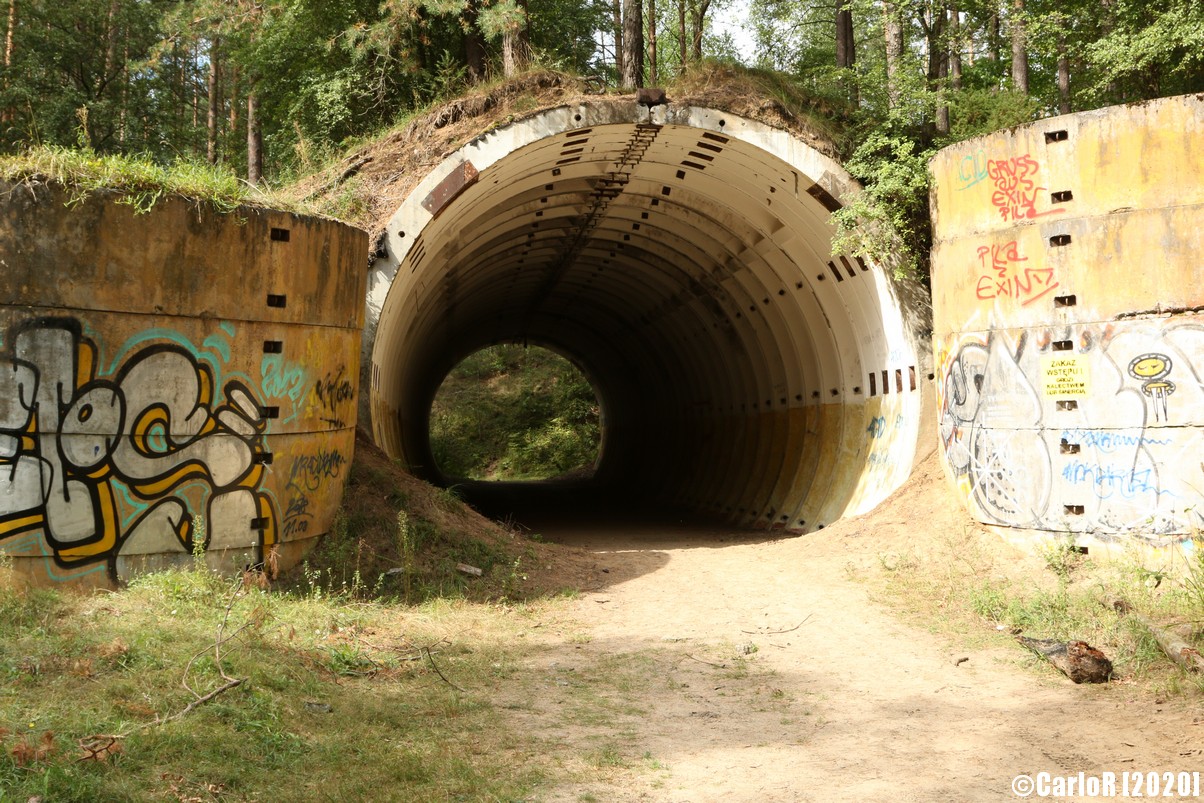The village of Brzeźnica-Kolonia in west-central Poland has a population of only 200 people. But nearby are the remains of a Soviet nuclear military base and associated village used during the Cold War that once housed up to 300 soldiers and their families.
During the Cold War, the forest surrounding Brzeźnica-Kolonia was deemed the perfect place to construct a military base. Although used by the Soviets, the base was in fact built by the Polish between 1972-8 and then handed over.
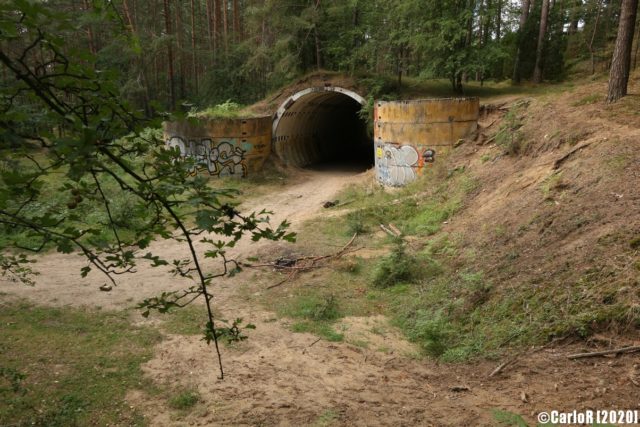
Records released after the end of the war indicate that the base came into existence due to a secret agreement between the USSR and the People’s Republic of Poland.
If NATO attacked, then the USSR wouldn’t be able to get weapons to Poland quickly enough to retaliate, so the USSR decided to station nuclear warheads in various locations in the Eastern Bloc. Code-named Object 3002, Brzeźnica-Kolonia was one of three nuclear warhead depositories in Poland.
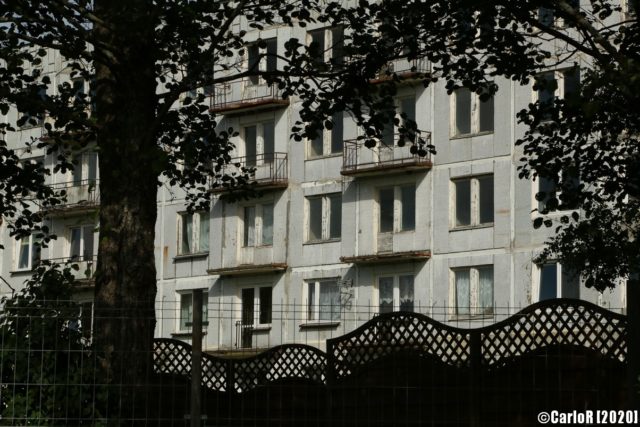
The nuclear warheads themselves were stored underground and moved around using hidden ditches and roads. Although the warheads were owned by the Soviets, they could be transferred to the Polish People’s Army if necessary.
Secrecy was of the utmost importance, so despite being a sizeable facility, the Soviet soldiers took great pains to cover up the existence of the Brzeźnica-Kolonia base. Masking nets were placed over the site so that aviators from nearby Nadarzyce would not notice anything amiss when they flew over the area.
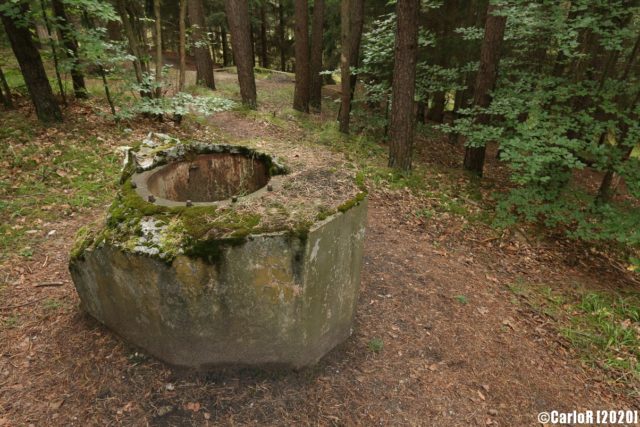
Even locals from the village of Brzeźnica-Kolonia only knew that the base existed rather than being aware of what it was for. Post-war documents released by the CIA show that while the infrastructure in the area was visible to satellites, there was nothing that suggested nuclear weapons were stored there.
Given its extremely strategic value, the military base was surrounded by barbed wire. Particularly important bunkers were not only guarded by elite troops but also had a triple layer barbed wire fence that was electrified.
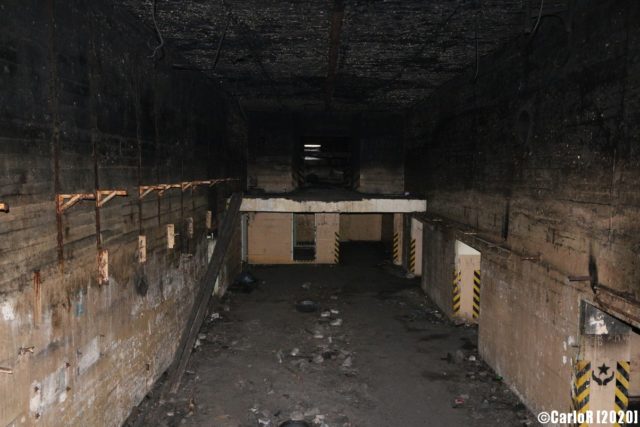
The base was abandoned in the early 1990s. Most of the site was stripped of any valuable scrap, so the remains looked very forlorn. The secrecy tactics employed by the Soviets were so effective that it was only when the base was abandoned that the Polish people came to realize that they’d been housing nuclear weapons.
Today, those items that have been preserved at Brzeźnica-Kolonia include trenches, the assembly square, warhead warehouses, sentry boxes, water tanks, and shooting turrets. It is also possible to see loading and unloading sites, although they are very overgrown. The barracks buildings were demolished.

The most notable feature still intact is the old “Granit” shelter, a vast, concrete tunnel. Its exact purpose is unknown, but it was most likely used to conceal and store the lorries used to transport the nuclear warheads. The Granit shelter at Brzeznica Kolonia is missing its metal doors, so it’s possible to walk through it.
All the soldiers and their families were removed from the nearby military village of Kłomino at the same time that the base was abandoned. While most of the area has turned into a ghost town, there are indications that some people still live in the old military village.
Today, the site is freely accessible, and there are even some panels with historical information on them. Access is by an unpaved road, and it is such a favorite spot with locals that picnic tables have been installed.
However, the site can still be dangerous, with open drains, trenches, and numerous holes proving hazardous to unwary explorers.


The photographer, CarloR, runs a blog about his travels. He likes to visit places that do not usually fit into typical travel plans. Before each trip, he carefully plans all the details and uncovers as much as he can about the history of his chosen location.
Afterward, he openly shares everything that he has learned as well as his experiences upon reaching his destination.
CarloR also takes many detailed photographs of his explorations and publishes them in an article. Visit his website and feel free to contact him with any questions about trips you might have.
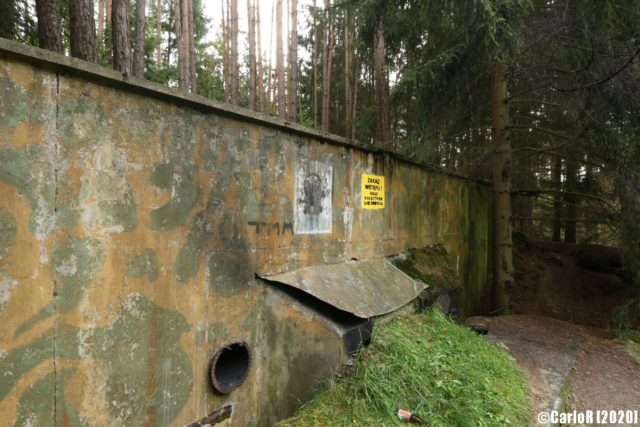
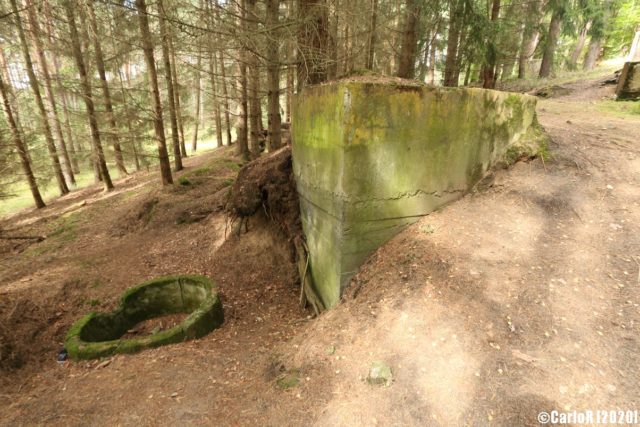
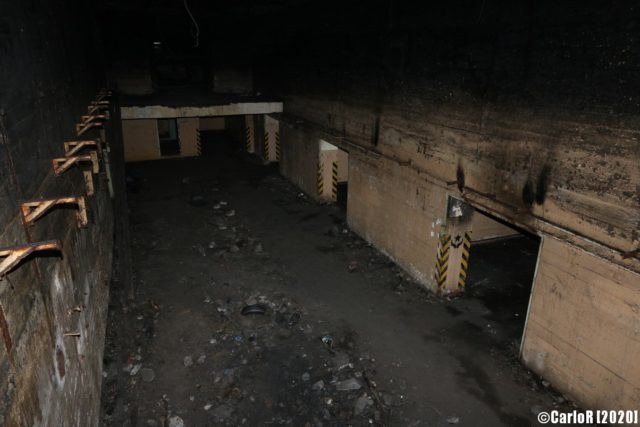
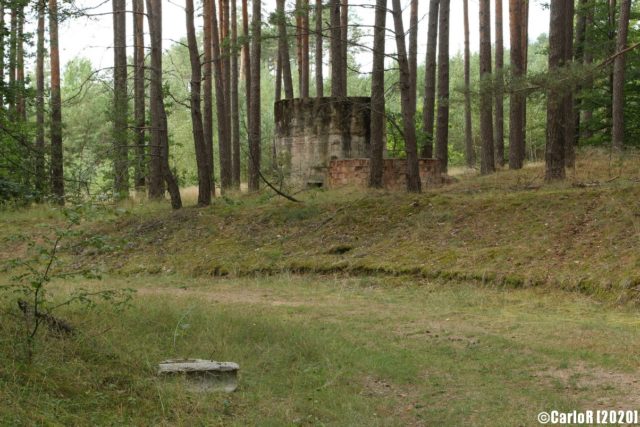

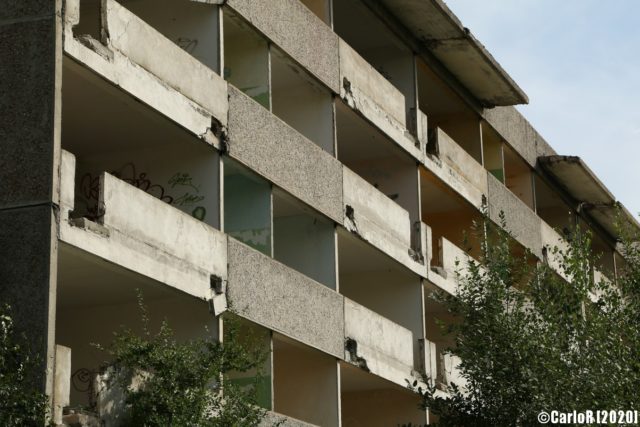
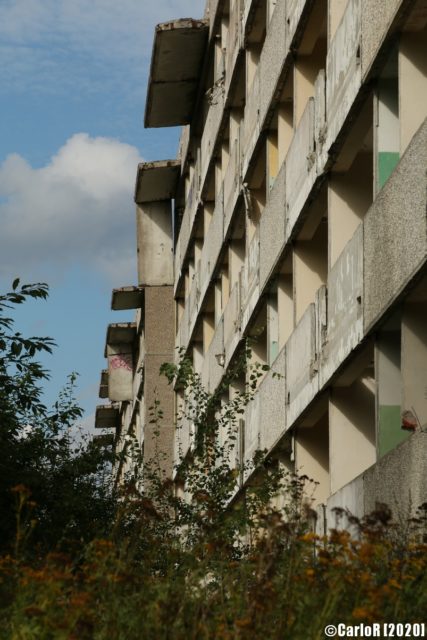
Another Article From Us: Abandoned “Red Star” Train Graveyard

